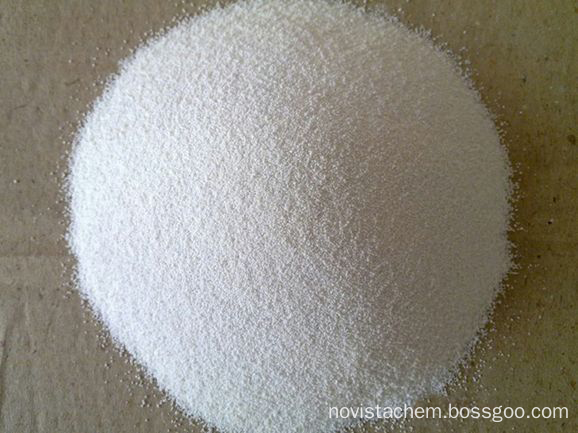Signal injection method: The principle of fault location is to inject a signal current in the middle of N harmonics and N+1 harmonics into the system after a fault in the line, and realize fault location by detecting and tracking the signal.
Section positioning method: This method uses the outdoor fault detector to detect the difference between the information before and after the fault point to determine the fault section. The fault location principle of the sector positioning method is to install a fault detector at the main node of the high-voltage transmission line, and to realize fault section positioning by analyzing the detected fault information. At present, there are two types of outdoor fault detectors, line FTU and line fault indicator.
Intelligent Law: The intelligent method includes expert-based systems and neural network fault location methods, respectively. The principle of expert system fault location is based on artificial intelligence and expert experience knowledge, using knowledge of heuristics to achieve knowledge processing and fault location. The principle of neural network fault location is that the system acquires the training of the sample. Knowledge and fault location.
At present, the collapse of the power system induced by a large number of faults in domestic and international high-voltage transmission lines has caused great concern for the fault location and related problems of high-voltage transmission lines in various countries. In order to find fault points accurately and quickly, Xinmi City Coal School and Zhengzhou Coal Industry (Group) Company systematically analyzed and compared current fault location methods, research status, and existing problems of high-voltage transmission lines at home and abroad.
High-voltage transmission lines are the "lifeblood" of the power system. With the increase of feeders, the capacitance current increases. It is easy for the long-term operation to expand the fault area, causing overvoltage in the power system, thereby damaging the equipment and destroying the safe operation of the system. To accurately and quickly find fault points, eliminate faults, speed up the restoration and supply of power lines, and reduce the overall economic losses caused by blackouts, it is of great significance to the fault location of high voltage transmission lines.
<br> <br> permanent fault Fault Type: This fault is a short circuit fault or a plurality of conductors between the conductors and the ground. Such failures are mostly caused by external forces, such as storms, construction, and earthquakes, causing serious mechanical damage to transmission lines. When such failures occur, it is not possible to successfully reclose.
Transient faults: These types of faults are mostly flashovers caused by lightning and other overvoltages. They may also be caused by short-term contacts between conductors or conductors due to branches or birds. When such a failure occurs, it will not cause fatal insulation damage and can be successfully reclosed.
Insulation breakdown: This type of failure is mostly due to the aging of the transmission line, the natural environment of ice and snow, and the transient insulation over-voltage flashover damage, pollution and other reasons caused by the degradation of insulation performance of a point of the line. No fault condition will occur under low voltage conditions. Under normal operating voltage conditions, it will cause insulation breakdown, resulting in a short circuit, and the reclosing is unsuccessful, there is no obvious damage after the removal of the fault.
Hidden faults: These types of faults are generally undetectable until flash transients develop or permanent breakdowns of power line breakdowns result. It does not prevent the normal operation of the power system, but it will reduce the margin of the transmission line insulation designed to withstand voltage surges. Such failures refer to general insulation aging and do not break down under normal voltage conditions.
Conventionally discussed high voltage transmission line fault types are generally targeted at the first three. According to the basic form of the fault, the faults of the high-voltage transmission line can be divided into three-phase short circuit, two-phase short circuit, two-phase grounding short circuit, single-phase grounding short circuit and phase failure, and there are also cross-line faults in multi-circuit transmission lines. . A large number of on-site statistical data show that in high-voltage power grids, short-circuit faults are the most frequent and most hazardous in power systems, and the number of single-phase earth faults accounts for more than 83% of all short-circuit faults.
CPVC Resin is made by chlorination modification of PVC resin and is one advanced engineering material. This product is white or canary loose grain or powder with no smell, odorless and innocuity. After chlorination, the irregularity of molecular bond of the PVC resin and the polarity of molecular chain increase, the dissolvability and chemical stability of the resin also increase, and accordingly improve the heat resistance and resist the corrosion of acid, caustic, salt and oxidant etc. In addition, it improve the mechanical performance of numerical heat distortion temperature and chlorine content increases from 56.7% to 63-69% and Vicat softening temperature from 72-82 ℃ to 90-125 ℃ ; its highest service temperature can reach 110 ℃ and long-term service temperature can reach 95 ℃ . Accordingly, CPVC is one kind of advanced engineering plastic with vast foreground.

CPVC Resin
CPVC Resin,CPVC Resin for Pipes, CPVC Resin CAS 68648-82-8, CPVC Resin for Fittings, CPVC Resin for Industrial
Shandong Novista Chemicals Co.,Ltd (Novista Group) , https://www.novistachem.com